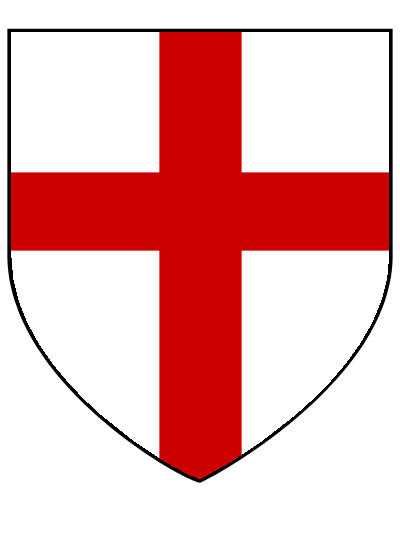The Order of the Knights of the Kingdom
 | |
|---|---|
| Type | Order of Knights |
| Founded | 181 TA |
| Disbanded | 840 TA |
It was in the early days of the reign of King Gregory that the Orders of the Knights of the Kingdom were reborn. The structure of the Knights was based on a much older organization founded early in the Third Age.
King Gregory initially decided on nine orders of knights, and he commissioned that 500 rings be made of varying design as emblems of the new orders. Before the rings were finished, however, the king decided to eliminate two of the orders of knights, leaving the seven orders for which history has record. It is said that the 42 rings of silver with clusters of either two or three star sapphires that were to be the emblem of the two discarded orders were never made, although several have appeared in the collections of artifact seekers - always under questionable circumstances.
With the death of King Gregory in 840 TA, the line of Paladin Kings ended. The Order of the Knights of the Kingdom remains today, although its function is largely symbolic.
Rings of the Knights of King Gregory
Friends of the King - The humblest order, the friends of the king, received a simple copper band set with a sapphire. These non-magical bands accounted for almost half of the 500 rings that were made. They were symbols of pride and commaraderie at the height of King Gregory's power.
Knights of Merit - The next five orders were fighters appointed to their order by chivalrous deeds done for the kingdom. The Knights of Merit numbered 121 members strong at the height of their strength. Their symbol was a copper band set with a star-sapphire. A magical word given to them by King Gregory during the Ceremony of Bestowment would allow the knight to cure wounds during battle. In addition, it was common practice for all Knights to be brought to local temples for healing and resurrection after battle.
Knights of Virtue - The Knights of Virtue were a vastly smaller group, numbering only 30 at one time. Like the other Knights of higher rank, new membership into this group occurred only upon the death of one of their kind. The symbol of the Knights of Virtue was a silver band with a sapphire. They enjoyed the benefits of the Knights of Merit plus a more powerful healing capability.
Knights of Chivalry, Quality and Excellence - The Knights of Chivalry, Knights of Quality, and the Knights of Excellence were the other three orders of the kingdom. They, like the Knights of Virtue, were appointed only when a member left the ranks. These three orders numbered 25, 22, and 20 members respectively. Although it is recorded that King Gregory had originally listed forty-seven other men for these ranks, their numbers have always been recorded thusly. These knights were identified by silver bands with star sapphires, gold bands with sapphires, and gold bands with star sapphires. Each order enjoyed successively more powerful healing spells. In addition, the Knights of Quality and Excellence enjoyed unquestioned passage throughout the outer palace in Teufeldorf.
The High Council - At the highest echelon within the Knights of the Kingdom were the king, queen, five members of the High Council (originally known as the Elder Ring), and a number of nobles within the kingdom. The original draft of the Orders in King Gregory's own hand shows that fourteen platinum rings with star sapphires were to be distributed to himself, Lady Laura, the five member of the Elder Ring, and seven nobles. However, the actual number of rings distributed varies between historians. Some place the number as high as 51 (thus accounting for the 47 missing Knights) or as low as 9 (the king, queen, Elder Ring, and two dukes). These rings were rumored to be very powerful: allowing the wearer to regenerate, turn spells, and perhaps even absorb spells. It is known that these rings did provide unquestioned passasge throughout the inner palace in Teufeldorf.